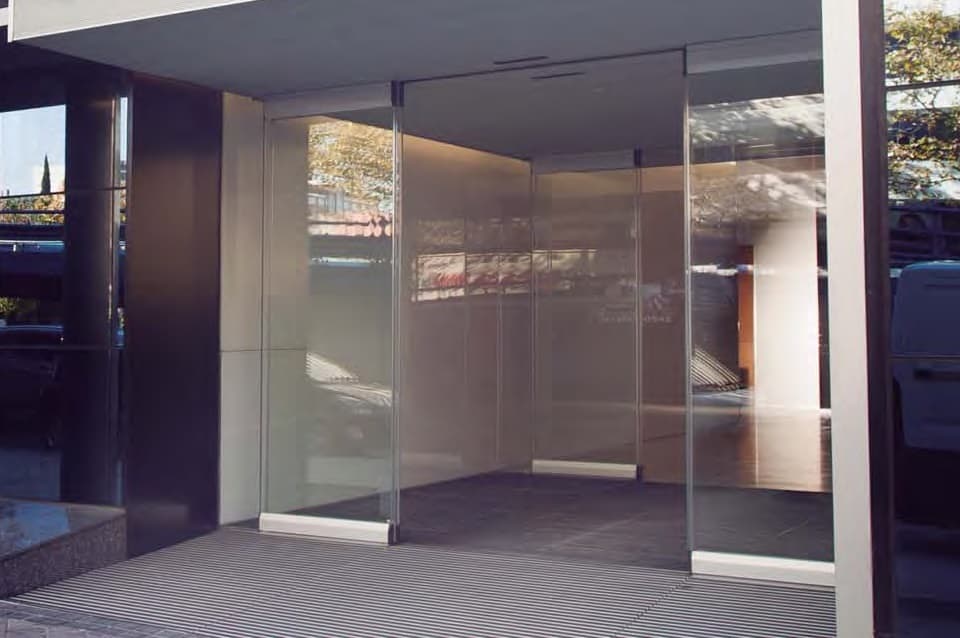Message sent successfully
Innovation and design
What are the materials most commonly used in automatic doors?

Most companies work to achieve a world that is more sustainable and more respectful of the environment. With the aim of leaving a better planet for future generations, corporations have adopted measures and developed strategies that are often also accepted by society as a whole.
Over the years, brands have adapted their manufacturing processes to these ways of working, and materials are becoming more and more sustainable.
The automatic doors sector uses metals such as iron, aluminium or steel, and other materials such as glass, plastic or wood, to produce their intelligent-access products. Manusa and Ferroflex factories work to make the most of these and other materials, and any waste left over is handled by authorised agents that prepare it to be reused, thus creating a complete recycling circuit.
Resistant automatic doors
For example, the profiles and covers of Manusa standard automatic sliding doors are made of aluminium, a very light, durable and resistant material that is frequently used in these types of products. Because of this, when used in exteriors, it can withstand adverse, inclement weather and will not dilate, contract or become deformed in extreme temperatures. They can be supplied in raw aluminium or, if preferred, anodised or lacquered aluminium.
Anodisation is a chemical treatment for metal that allows different finishes (e.g., silver, gold, bronze, black or simulated stainless steel) while maintaining its texture. Furthermore, the lacquered finish can be personalised with a wide range of RAL colours.
Regarding other door components, thanks to their robustness, Manusa glass leaves are resistant to shock and inclement weather.
The metal elements of their drive units are high-quality materials that offer high durability. These drive units have two types of finish. One is anodisation, which consists of a protective surface layer generated by an electrolytic process; and the other is lacquering, which is a plastic paint covering polymerised in a drying oven.
When manufacturing all Manusa automatic accesses only materials that meet the strictest quality controls are used to guarantee perfect operation.
